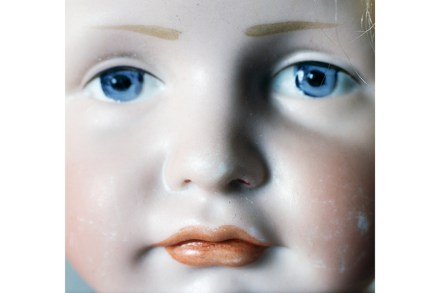A satire on the American art world: One Woman Show, by Christine Coulson, reviewed
Christine Coulson worked for more than 25 years at the Metropolitan Museum of Art in New York, where she wrote hundreds of wall labels. In One Woman Show, her second novel, she tells the tragicomic life story of a Wasp-ish porcelain girl called Kitty Whitaker almost entirely in the same 75-word format as if she were an artwork. The 20th-century tale is presented as an exhibition, made possible, we’re told on the opening page, by ‘gin, taffeta and stock dividends’. It’s a wonderfully clever concept, and a book that lends itself to being read in a single sitting, during which you’ll feel the corners of your lips curl upwards again





